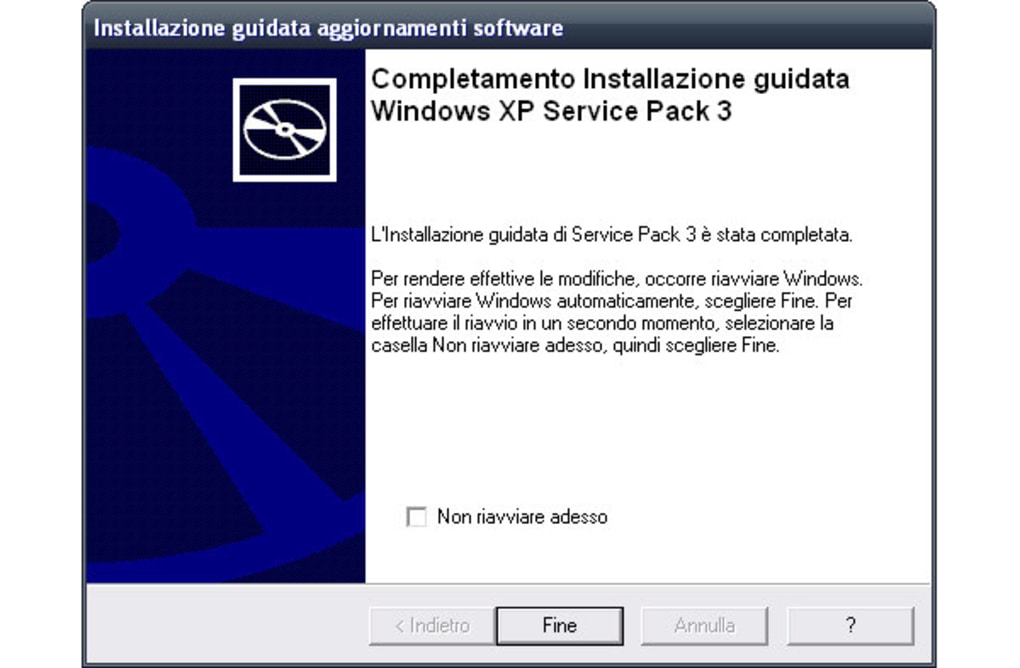
Once you have run all of the updates, reboot the system and run Windows Update again. Don’t worry about this since not all of the files in there are actually executable files, some are text files containing licences agreements, etc. You will likely find that some of them crash and give an error message. (Consider creating a temporary folder to move them into after running them to make it easier to keep track of your progress.) Now for each file in the Download directory, rename it, adding.

You could try using a hex-editor or something to open and view them, but it is much easier to just rename them.įirst make sure that extensions are shown ( Tools->Folder Options->View->de-select Hide extensions for known file types). What you need to do is to figure out which ones are executable and run them. These are the updates (and miscellaneous files).

You will find a bunch of files with a long alphanumeric name and no extension. Open C:\Windows\SoftwareDistribution\Download (replacing C:\Windows with the path to your old Windows directory). If you have not wiped it (check the drive to see if there the previous Windows directory has been renamed as a backup), then you can probably avoid re-downloading a lot of it. Have you already wiped the drive you are installing to? If so, then no, there is no way to avoid having to re-download the updates. WSUSOffline gets around that by downloading the actual updates directly from Microsoft but as with all unofficial tools, convenience comes with risk. Downloads that come from third parties may contain malicious code so Microsoft may push to get a third party tool shutdown overnight if it deems the tool unsafe for its users. Note: While I would personally choose to use the WSUSOffline tool that suggested, there are risks of using an unofficial tool to support Microsoft products. Then it's just a matter of downloading the relevant install executables for offline use. Here are the settings I recommend to get all of the relevant updates after post-SP3 Take a look at the Microsoft Security Bulletin Search tool to determine which updates you'll need to download. Step 2 - Fetch the latest security updates (released after SP3)


Take a look at the Service Pack Center to find the download link for the latest Service pack.įrom everything I've read, Service Pack 3 will be the last service pack to be released for XP. This is the best officially supported solution


 0 kommentar(er)
0 kommentar(er)
